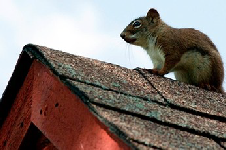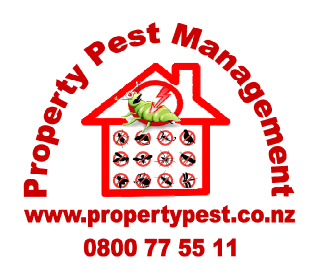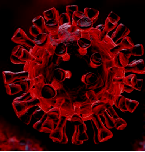



simply in the interest of public health
COVID-
Disinfection Services
Sanatise your premises and stay safe
Residential, Commercial, Industrial and Agricultural
Kill Coronavirus 99.9%
NZ made and approved products

Ants
On the hunt for food, a single ant can lead the way for the entire colony to invade your home. The best way to control the problem is to find the nest and remove the queen.
Borers
There are up to 7 species of wood-
The life cycles of these insects are similar. Adult females lay up to 100 eggs on
bare timber or in old flight holes. The eggs hatch after 4-
Bed Bugs
Bed bugs can be easily transported and are often found hiding in fabrics in bedrooms and mattress covers. Their thin bodies allow them to hide in crevices and small opening. Best method for control is to contact a local pest control expert.
Cockroaches
Cockroaches can spread germs, make allergies worse and multiply at a record-
Termites
More homes are damaged by termites each year than by fire.
Flies
Find out how flies carry more than 100 pathogens that can cause dangerous diseases in humans and animals, such as typhoid, polio and tuberculosis–and how to control these pests
Rodents
Because rodents multiply so quickly, just a few can lead to an out-
Spiders
Not only are their webs a nuisance around the house, but spiders can inflict painful, sometimes dangerous bites.
Mosquitoes
The threat of mosquito-
Silverfish
Found in areas of high humidity, silverfish eat through paper and other items with high starch content.
Fleas
Fleas feed on human blood through small bites in the skin. They can jump from your carpet up to your ankles and calves, and a female flea can produce up to 800 eggs during her lifetime.
Ticks
Ticks carry many serious diseases, including Lyme disease, encephalitis and typhus. They can live for over 500 days without a meal.
Wasps and Bees
Wasps can be distinguished from bees by their smooth, rather than hairy, bodies. Very protective of their nests, the will defend against invaders with painful stings. The common bee sting, while harmless to most people, can be very painful.
Crickets
House crickets can damage silk, woolens, paper, fruits and vegetables. They can eat almost anything available.
Moths
Female moths can lay up to 200 eggs, and moth larvae feed on wool fabric and fur, doing damage to valuable clothing items.
Carpenter Ants
Carpenter ants cut “galleries” into the wood in your home. Colonies can contain up to 50,000 workers, and infestations are very difficult to control. Carpenter ants may also be mistaken for termites.
Other Depending on where you live, pests such as pill bugs, centipedes and scorpions can invade your home.
Pest Risk Factors(PRF)
An open garbage can stored under the sink can be a magnet for flies, rodents, roaches and ants.
Mice, roaches and other pests can enter a home through tiny gaps between plumbing pipes and walls.
Food that is not sealed tightly can attract “pantry pests” such as roaches and rodents.
Improperly sealed attics or crawl spaces can become access points for spiders, rodents and other pests.
A leaking roof or a blocked gutter can accumulate moisture, a breeding ground for mosquitoes.
Mosquitoes, flies and other pests enter through small openings around windows and doorframes.
Some pests can reach your home via high grass or yard debris.
Piles of firewood stacked near your home can lead to pests such as carpenter ants and termites.
